‘The lamps are going out…’: tweeting the July Crisis
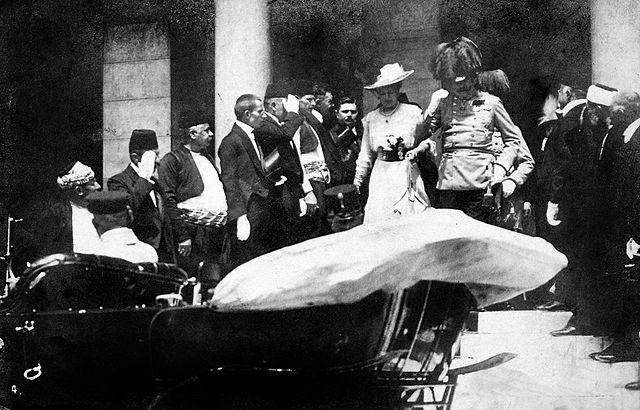
...news of the murder of the heir to the Habsburg throne, and his wife Sophie Chotek, was widespread. Under the headline ‘The Austrian Tragedy’, The Times devoted extensive coverage to...

...news of the murder of the heir to the Habsburg throne, and his wife Sophie Chotek, was widespread. Under the headline ‘The Austrian Tragedy’, The Times devoted extensive coverage to...
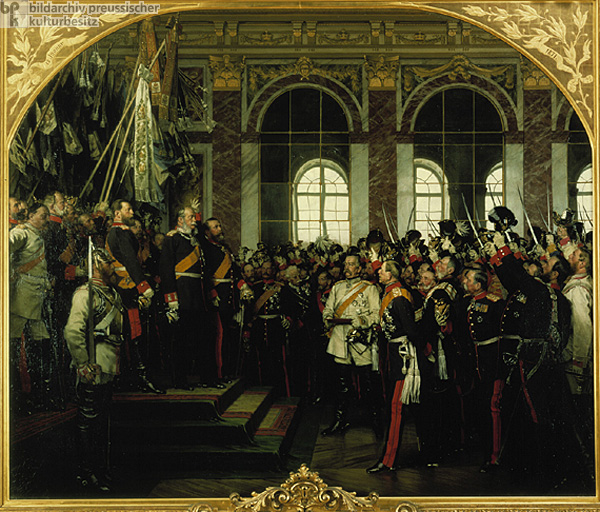
...between 1862 and 1871 through a series of 3 wars – against Denmark, Austria and France – and his own diplomatic skills: outwitting, outmanoeuvring and sometimes simply deceiving his opponents....

...India. The Russians were conscious of British sensitivities with regards to any country bordering India. Russia had built railway lines up to the border with Afghanistan. The British Government feared...
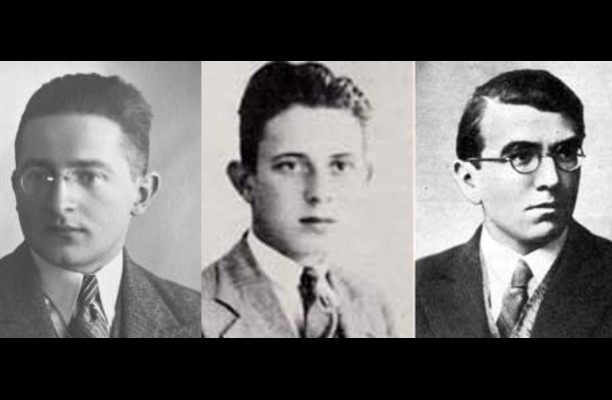
The 3 Polish codebreakers Marian Rejewski, Jerzy Rozycki and Henryk Zygalski ‘Il y a du nouveau’ On 26 July 1939, in the Pyry Forest south of Warsaw, Polish cryptologists revealed...
On New Year’s Day 1814, the British Foreign Secretary, Lord Castlereagh, set sail from Harwich for Holland with a challenging brief: to build a coalition with Russia, Prussia, Austria, and...
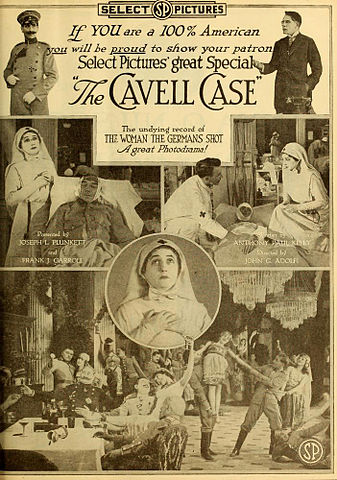
...advantage in 1915 seemed to lie with the Central Powers, principally Germany and Austria, though a divided approach to the campaign against Russia weakened their initiative and Austria was close...

...sword to smite its enemies. Spreading the Revolution Initially focussed on internal opposition, the Cheka began very soon to send agents abroad to gather intelligence and promote revolution by covert...
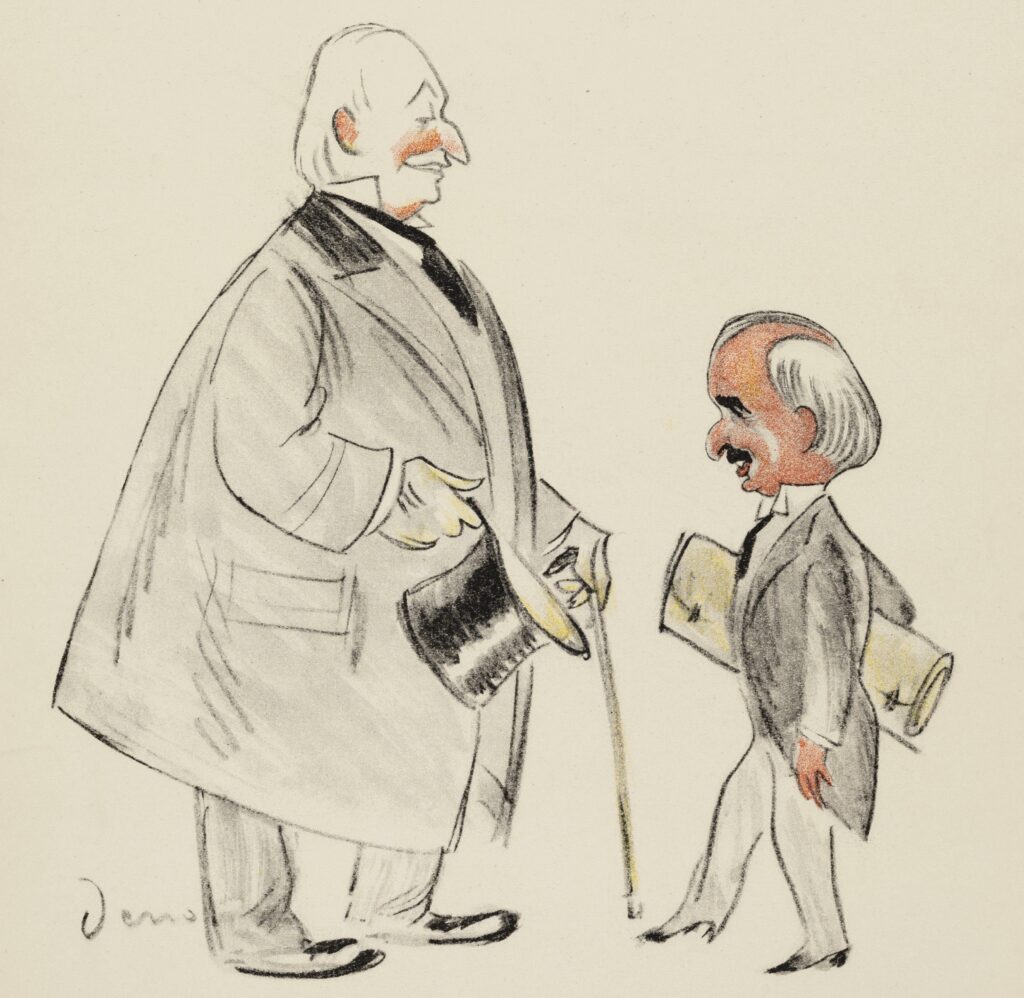
...the diplomatic field to himself. Experience of travelling across the Ottoman and Persian empires decades before, followed by a stint as Viceroy of India led Curzon to claim particular expertise...
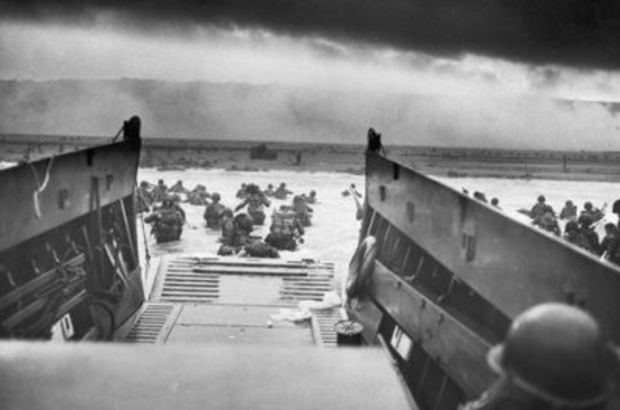
...overall codename for the Allied invasion of occupied north-western Europe. After months of detailed planning, involving much discussion, a certain amount of friction between Allied military and civilian authorities, and...
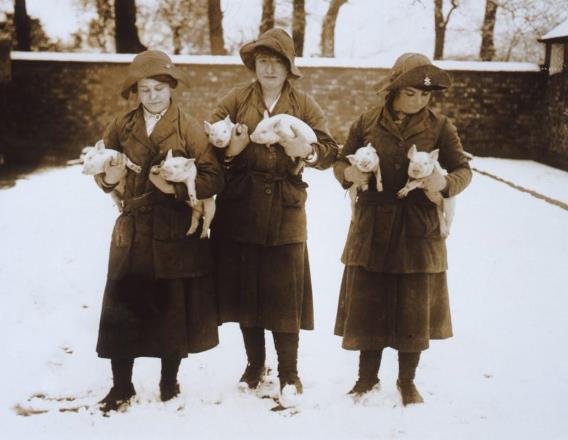
...that symbolised their service to the war (Figures 3 and 4); a code of conduct (although this was not uniform across the counties), and faced disciplinary action for misdemeanours.[12] Whilst...